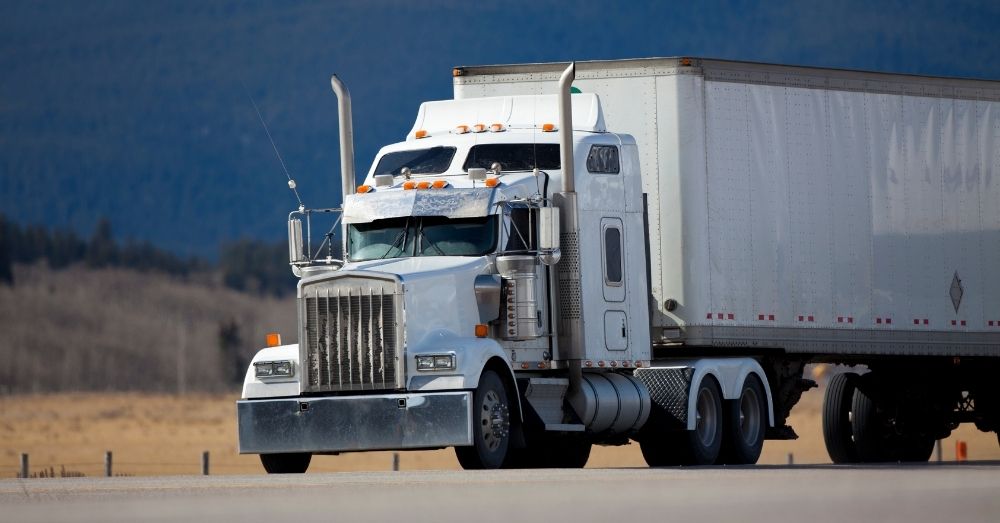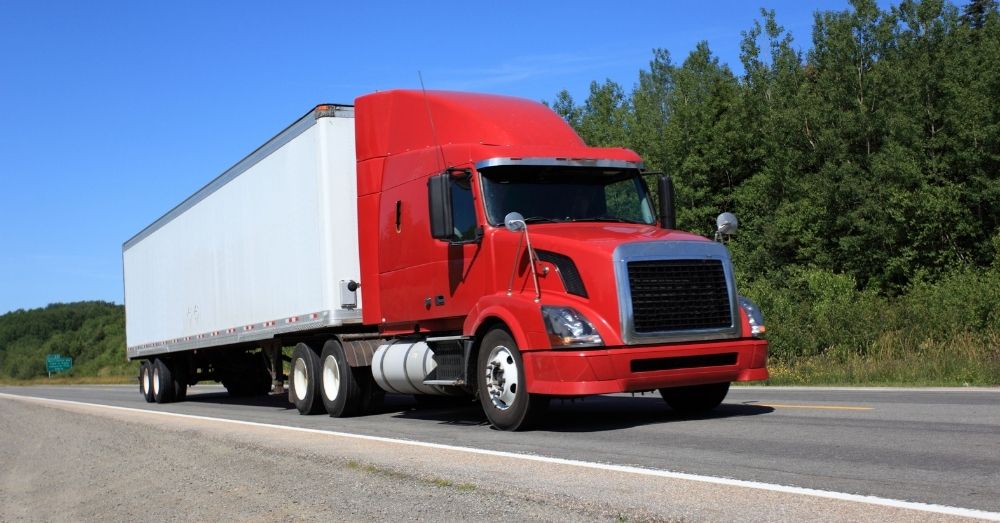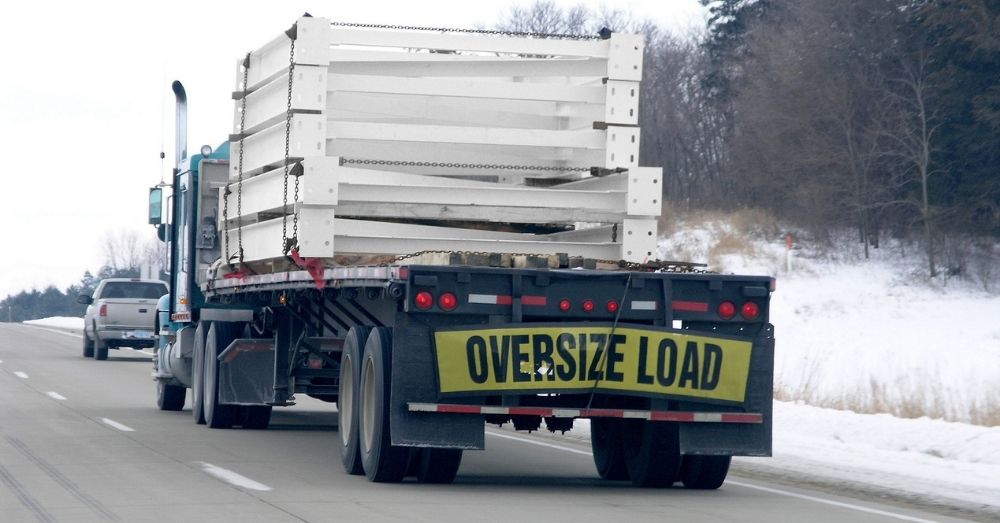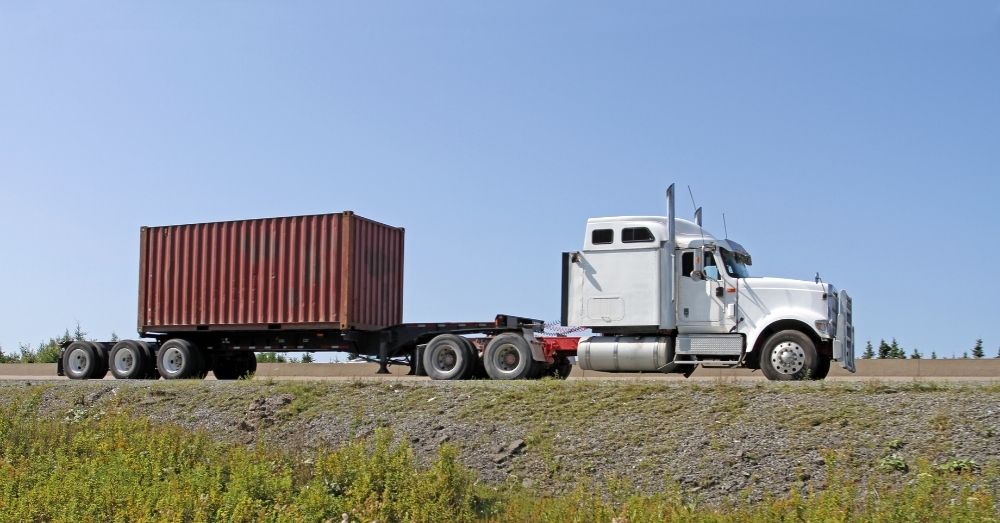Table of Contents
Key Takeaways
✔ Proper planning, permits, and communication are essential for safe and efficient heavy haul transport.
✔ Evenly distribute weight and secure all cargo tightly to maintain stability and prevent shifting.
✔ Never tow more than 80% of the vehicle’s rated capacity to protect the truck and ensure safer handling.
✔ Cargo must remain completely immobile, with enough tie-downs and anchor points to keep it secure in all directions.
Transporting oversized loads takes more than strong trucks—it requires careful planning, skill, and precision. Heavy haul trucking is essential for moving large machinery, equipment, and materials that can’t fit standard trailers. Because these loads are bigger and heavier, they involve added risks and strict regulations.
From route planning to getting the right permits, every detail matters. Whether coordinating from a warehouse in New York or across state lines, following proven methods keeps shipments safe and efficient.
Here are seven best practices for successful heavy haul and oversized load transport.

Heavy Haul Trucking: Top 7 Tips for Safe Transport
1. Thorough Planning and Route Knowledge
Every successful heavy haul trip starts with preparation. Drivers and dispatchers must plan to ensure the journey is safe, efficient, and compliant.
- Map the Route: Choose the safest route by checking bridge heights, lane widths, and restrictions while avoiding low bridges and construction zones.
- Plan for Delays: Account for traffic, weather, and road closures; near a warehouse in New York, some roads may have restricted hours for heavy haul trucks.
- Know the Load Details: Measure the load’s dimensions and weight accurately to select the right heavy haul trucks and secure proper permits.
2. Obtain Necessary Permits and Adhere to Regulations
Permits are essential for all heavy haul trucking operations. Oversized and overweight loads require legal authorization to move safely on public highways.
- Get the Right Permits: Apply for all required state and federal permits before transport. Skipping this step can lead to costly penalties and forced route changes.
- Follow State and Federal Laws: Each state may have different regulations for oversized loads, including when and where travel is allowed. Heavy haul trucking companies must stay compliant to ensure smooth operations.
- Use Designated Corridors: Many routes are specifically built for heavy haul truck transport. Using these approved corridors improves safety and helps reduce public road disruptions.
3. Proper Load Securement and Vehicle Inspection
Safety starts before the truck moves. Proper load securement and regular inspections protect both the cargo and the driver.
- Secure Cargo Properly: Use strong chains, straps, and binders to prevent load shifting. Every piece must be tightly fastened to handle sudden stops or turns.
- Inspect Before Every Trip: Check brakes, tires, and lighting systems to ensure they work correctly. Regulations require drivers to recheck the load after the first 50 miles and at intervals during long trips.
- Lock and Stabilize Components: Secure loose or moving parts like rotating equipment. Modern heavy haul trucks often feature advanced tie-down systems that make securement faster and safer.

4. Hire Experienced and Trained Drivers
Transporting oversized loads requires skill and experience. The right driver ensures safety, compliance, and professionalism.
- Prioritize Experience: A heavy hauler needs more than a CDL. Drivers must understand how to manage uneven loads, extended braking distances, and limited visibility.
- Invest in Training: Heavy haul trucking companies should provide training programs on safety, communication, and emergency handling to maintain high standards.
- Adapt to Challenges: Experienced heavy haul truck drivers know how to adjust to road and weather changes, making split-second decisions that prevent accidents.
5. Utilize Specialized Equipment and Markings
Handling oversized freight requires the right tools and visibility features. Specialized equipment helps ensure stability and compliance.
- Use the Right Trailers: Choose trailers like lowboys, multi-axle systems, or extendable flatbeds designed for large loads. These allow better weight distribution for heavy haul trucks.
- Apply Proper Markings: Use “Oversized Load” signs, bright flags, and flashing lights to alert nearby drivers. Clear visibility keeps everyone safer on the road.
- Add Protection Gear: Tarps, edge protectors, and corner guards prevent damage to both cargo and tie-down equipment. On routes between a warehouse in New York and job sites, these small measures make a big difference.
6. Maintain Clear and Constant Communication
Communication keeps every heavy haul trip coordinated and safe. It allows drivers, dispatchers, and escorts to work as a team.
- Use Reliable Systems: GPS tracking, real-time alerts, and digital communication tools keep everyone updated about location and delivery times.
- Coordinate with Escorts: Escort drivers must know the route and use two-way radios for communication. This ensures the heavy hauling truck stays in the proper lane and responds quickly to traffic conditions.
- Work with Warehouses: For operations connected to a warehouse in New York, constant communication between truckers and warehouse staff helps manage loading schedules and delivery timing.
7. Drive with Caution in All Conditions
Operating a long haul truck requires patience, awareness, and discipline at all times. These trucks behave differently than standard vehicles, and conditions can change quickly.
- Drive at Safe Speeds: Oversized loads need more distance to stop. Slowing down through turns and construction areas prevents rollovers or loss of control.
- Avoid Hazardous Weather: Rain, ice, and high winds can make heavy haul trucks unstable. Waiting out severe weather is safer than risking the load or the driver’s safety.
- Stay Alert to Blind Spots: Heavy haulers have large blind spots that can hide nearby vehicles. Using mirrors, cameras, and awareness helps drivers avoid collisions and maintain full control of the truck.

How Should a Truck Be Properly Loaded?
Loading a truck the right way keeps it balanced, stable, and safe during transport. A well-distributed load prevents accidents and damage while improving performance.
- Distribute weight evenly across all axles
- Place heavier items on the bottom
- Tighten and secure all cargo
- Use proper straps, chains, or tensioners
- Check weight balance using load-planning tools
- Confirm the center of gravity before departure
- Recheck balance after stops or inspection
What Does the 80% Towing Rule Mean?
The 80% towing rule means drivers should never tow more than 80% of their vehicle’s rated towing capacity. This safety margin prevents mechanical stress, keeps the vehicle stable, and improves control when handling a long haul truck.
Exceeding the limit can overheat the engine or transmission and put too much pressure on the tires. In heavy hauling, following this rule ensures the truck and trailer handle the load safely, reducing breakdowns and extending vehicle life.
What Is the Fundamental Guideline for Securing a Load?
The main rule for securing a load is simple—the cargo must not move under any condition. The FMCSA requires heavy hauling loads to have enough tie-downs and anchor points to handle at least half the cargo’s weight in every direction.
Each long haul truck should use proper chains or straps rated for the load’s strength. Factors like tension, friction, and angle matter for keeping freight stable. Skilled heavy hauler operators check every tie-down before departure to protect the load, driver, and other motorists.
Frequently Asked Questions
What is considered an oversized load?
An oversized load is any shipment that exceeds standard legal height, width, or weight limits. It often includes machinery, industrial parts, or construction materials. These loads require special permits and equipment for safe transport.
What type of equipment is used in heavy haul trucking?
Heavy haul trucking companies use trailers like lowboys, flatbeds, and multi-axle systems. These trailers handle large, heavy loads with better weight distribution. The right equipment depends on the cargo and route.
What factors affect the cost of heavy haul transportation?
Costs depend on the load’s size, weight, distance, and permits. Escort vehicles and route complexity can also increase pricing. Experienced heavy hauler services help control costs.
What are common risks in heavy haul trucking?
Risks include load shifting, poor weather, and mechanical failure. Driver fatigue and improper routing can also cause problems. Planning and maintenance help prevent these issues.
How do weather conditions impact heavy hauling?
Rain, wind, or ice make it harder to control heavy haul trucks and increase stopping distances. Poor visibility adds risk. Many drivers delay trips during severe weather for safety.
Let Us Handle Heavy Haul Logistics the Right Way in New York, NY!
Moving oversized freight requires precision, compliance, and coordination—especially in a busy hub like New York, NY. Partnering with 3PL Warehouse By Best ensures every stage of the heavy haul process is managed with care, from permits to secure storage. With advanced equipment and expert logistics planning, complex loads arrive safely and on schedule across New York, NY and beyond.
Contact 3PL Warehouse By Best today to schedule reliable heavy haul solutions in New York, NY.

